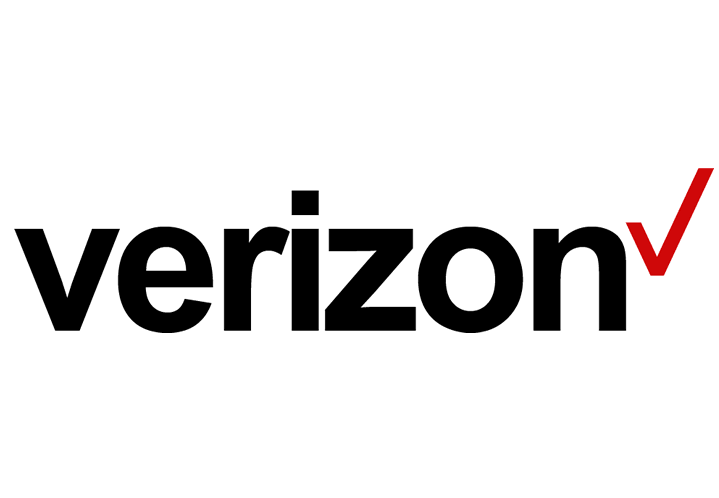It seems unlikely that telcos are a rich breeding ground for the next set of breakthroughs in AI, but they are, they just don’t know it.
Understanding the long-term consequences of broad technological shifts is very difficult because, in a very real sense, they are generative: they generate new applications of themselves. Across history, we have seen many similar scenarios, from electricity came uses impossible to imagine when people were just using light-bulbs. The same is true for transistors, the computer and smartphones.
Deep learning has the same profile as these great innovations, though in a much more literal sense than ever before. A whole sub-tree of deep learning is in fact called Generative Adversarial Networks. For instance, algorithms that create completely new images from a sentence (Image generation) or generate speech that is uncannily similar to a real human voice (Wavenet). The telecommunications industry, more than others, has an immense opportunity by applying these new methods.
Whilst we are just at the start, and tactical applications will emerge in the near term, deep learning and narrow AI has the potential to completely disrupt the relationship between subscriber and provider. Though difficult to understand the extent of the change, the fact that AI will help telcos seems obvious. More importantly, however, it has not been so apparent how telcos could have a fundamental impact on AI itself.
To put this thought into more context: in 2009, Fei Fei Li, among other authors published a paper with the catchy name ‘ImageNet: A Large-Scale Hierarchical Image Database’. They had built a large labelled dataset.
Along with the dataset came ILSVRC; a challenge to evaluate algorithms in object detection and image classification. The challenge has taken place every year since 2010. ImageNet played a key role in the resurgence of neural network methods – it provided the fuel (huge dataset) to match the increase in computation these new methods thrived in. From convolutional neural networks to very deep architectures like residual networks, ILSVRC provided the forum to go from reasonable performance in image classification in 2010 to better than human performance in 2017. This is for millions of images and thousands of different objects in those images. The ImageNet dataset and challenge provided momentum.
So, whilst the ImageNet example is relevant, let’s not forget about privacy. Unlike ImageNet, telco data is mostly personal and telcos understand how important it is to keep this information safe and private. Like in other domains, such as healthcare, privacy is a challenge we need to rise to – there is too significant an opportunity not to try.
Even with all these challenges, we believe that telcos have at their disposal a dataset that is genuinely unique, extremely rich and highly descriptive of human behaviour. They maintain the infrastructure people increasingly use as part of their lives; consequently, telcos have what could be the fuel for the next set of breakthroughs in AI, but they just don’t know it – yet!
So, friendly mobile operator, when are we doing the TelcoNet challenge?




